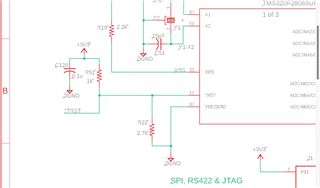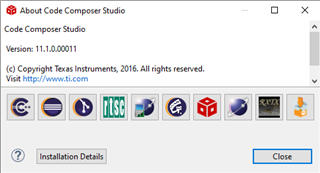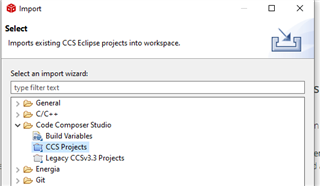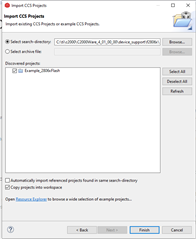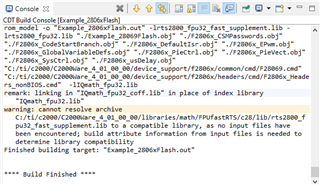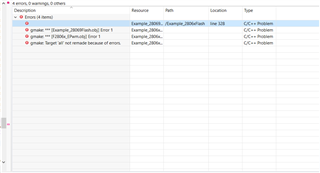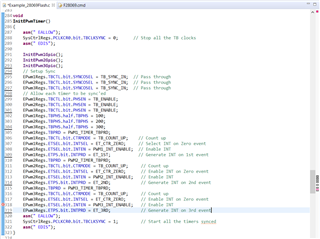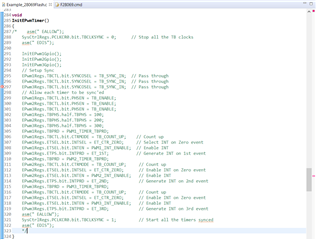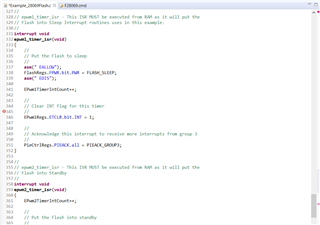Other Parts Discussed in Thread: C2000WARE, MOTORWARE, C2000WARE-MOTORCONTROL-SDK, , , DRV8301-69M-KIT
Hello,
I have a project in which I started using the example project "Example_2806xScia". I modified it to use Scib, rather than Scia. I also added a layer to accommodate the SLIP protocol. The original project had only a Debug Configuration, no Release Configuration. So it runs fine in Debug mode, but when I remove power and restart the micro, nothing happens, unless I connect the debugger (Code Composer) and run it from there. I've read in multiple documents that Code Composer automatically generates both a Debug and a Release configuration. I have not seen this. I've looked at every example in C2000Ware and in Motorware, and cannot find one project where both of these configurations are present. I thought maybe if I could see the Properties of both types of configurations, and see the files in the Release & Debug folders, that I might get some idea just what the differences are between the two. That way I could setup the Release version so that it acts like a Release (i.e. I could load it on the micro, and it would run independently of the debugger). I've also read that release builds often employ Optimization (level 2 seems to be recommended), and that "Symbolic Debug" is disabled. Well I can turn on Optimizations, but I can't for the life of me find anyplace where I can disable Symbolic Debug. In any case, I feel like these can't be the defining characteristics of a release build. There must be some fundamental "switch" that differentiates between debug and release. It appears that the documentation just assumes that you know how to do this. I would love a step by step description of how to turn a Debug only project into one from which I can generate a Release build.
Thanks in advance for any help.
Best Regards,
Dave


